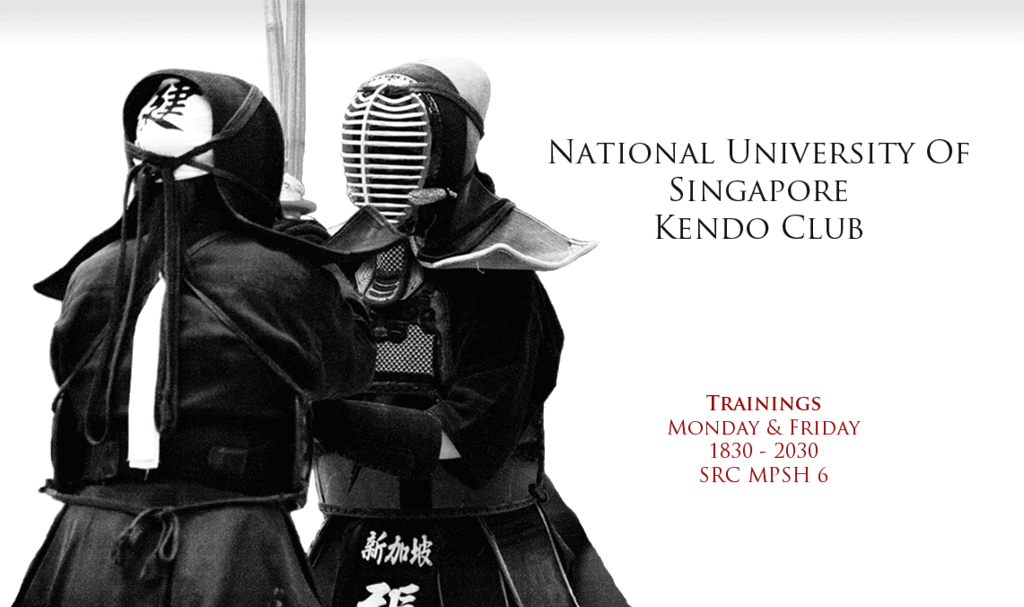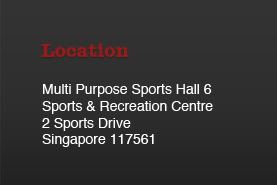Mid-Year Grading
By Pheng Hui
On 27th June, we participated in the Mid-Year Grading conducted by the Singapore Kendo Club at Changi Japanese School Dojo.
Grading is conducted twice a year, in June and December. It is an opportunity for kendoka to display the fruits of their training and discover their level of proficiency in kendo.
During grading, kendoka are tested on their ability to execute basic, fundamental strikes. For higher kyu grades and dan grades, ji-geiko (sparring) and kata are also important elements of the grading syllabus.
Grading emphasizes on one's basics in kendo, which are the building blocks for more advanced techniques. Thus, I feel that grading is a great opportunity for me to evaluate my strengths and weaknesses in kendo. Although I was somewhat nervous during grading, I placed my faith in my training and was happy to achieve the grade I desired. Also, through understanding my weaknesses, I am able to set my goals for future training sessions, in order to further improve my kendo.
I am proud to say that our club has done very well for this grading, with most of our members successfully achieving their desired grades, or better. Congratulations to everybody!






























